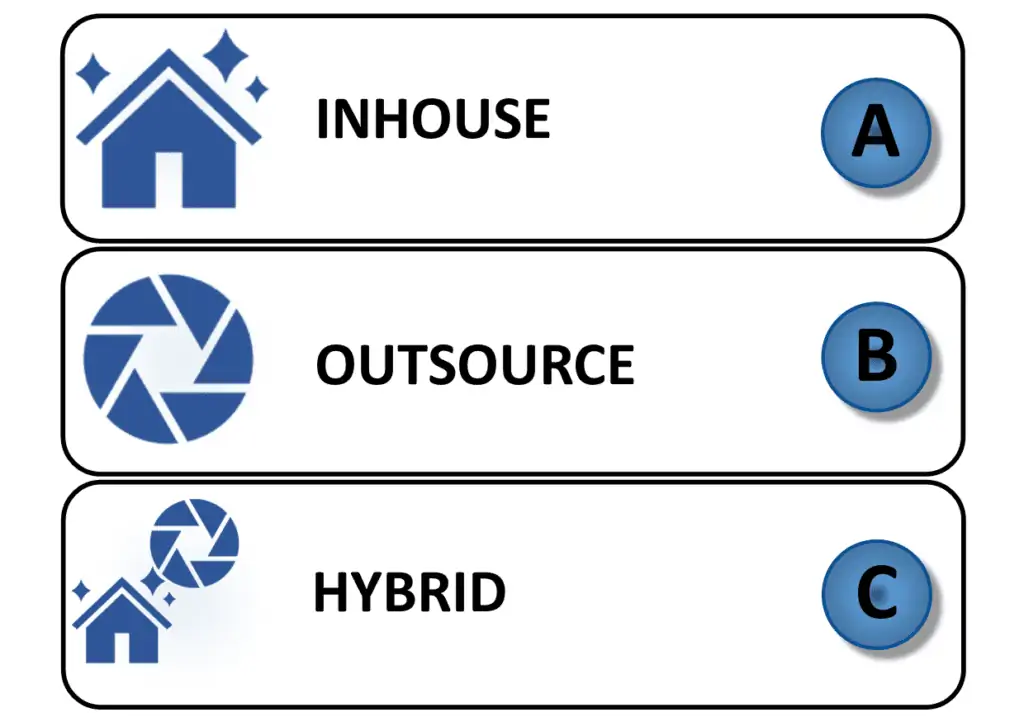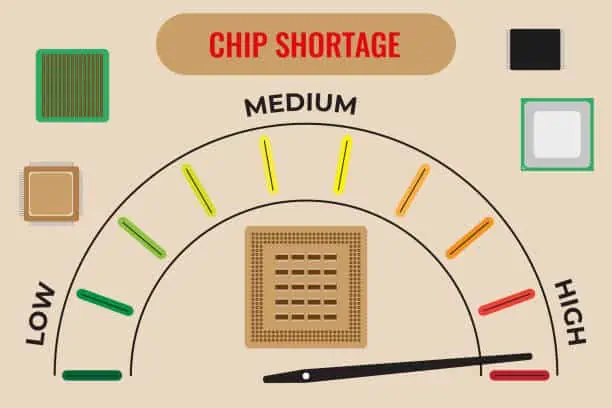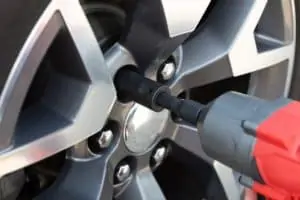How did Automakers get Caught Up in the Global Chip Shortage?
What is a Chip Anyway
The global chip shortage is frustrating consumers, businesses, policymakers, and investors. Everyone is impacted. Everyone has reason for irritation.
But in order to appreciate what is going on, it’s helpful to understand the product itself. What it is. What it does.
A chip, or microchip, is a term used interchangeably with an integrated circuit. Put simply, a chip is an integrated circuit imprinted on a tiny semiconducting wafer. These integrated circuits are designed to transfer signals that can be translated by a receiving device.
Chips:
- Are difficult to build
- Are difficult to damage
- Have a 25 year life span
- Are costly to produce but not to purchase, given their dependability and durability
What Chips are Used For
The global chip shortage appeared out of nowhere for many of us. One day we were living our lives, the next we couldn’t find a kitchen oven.
For many years, a chip was simply a product that brought calculators and computers to life. We all kind of understood the product’s significance. But many of us failed to grasp the breadth of its application.
Today, chips are used everywhere. They are the basic building block for many products, including antilock brakes (ABS), cameras, smartphones, televisions, global positioning systems, and – yes – kitchen ovens. They also have security and military application, making them vital to most industries and governments.
Given the economic and national security implications of such a product, we would expect it to have a robust and secure supply chain. Nothing could be further from reality.
Chip Supply Chain Strain
The chip supply chain has contracted over the years in relation to demand.
In 2000, approximately 30 companies made integrated circuits. While most knowledgeable sources point to a similar number of producers today, that information is misleading.
There are three categories of chip producers, those that:
A/ Operate their own fabrication capacity
B/ Outsource fabrication to a company with installed capacity
C/ Perform both A and B
Most producers fall under B and C. They are able to realize higher, more consistent profits compared to category A competitors.

Research shows that:
- Just under 90% of microchip fabrication occurs outside the United States
- Almost 75% of this capacity is installed in Taiwan, China, Japan, and South Korea
- Taiwan and South Korea possess almost 50% of global installed capacity
As demand has increased, all three category types have been challenged to keep up. While most of us associate the current chip shortage with COVID, the problem goes much deeper. It is the result of installed capacity not keeping up with demand, and then experiencing a dramatic demand spike.
The Automotive Chip Shortage

The automotive chip shortage has been brewing for years with little attention paid or action taken.
Automotive assembly plants rely on Just in Time, which works well when supply chains are optimized. As the above describes, the global chip supply chain is currently out of balance.
To equalize this imbalance, automakers are slowing production.
Most automakers saw chips as a product not needing to be inventoried. Others, like Toyota, identified stresses in the global chip supply chain back in 2012. While Toyota bolstered its chip inventory, the company did not anticipate the recent global demand spike.
Click here for more detail on the Toyota early warning system.
So, automaker chip inventories were marginal when the COVID demand spike hit. Efforts to bolster inventories in 2020/ 2021 were impeded by the sheer number of industries competing for supply. These forces have intensifying and extending the crisis for automakers.
How to Fix the Global chip Shortage
There are no easy answers. There are no quick fixes. The shortage comes from inadequate capacity. The solution will come from future investments. But that presents problems.
There are two competing factors at play:
- Building chips is incredibly difficult, taking approximately 3 months
- Building fabrication facilities takes years and billions of dollars
The economies of building a facility is so harsh it’s almost impossible to forecast a return. That said, China has identified chip independence a national priority. Europe is considering actions to develop it’s own installed capacity. And President Biden has advocated for the renewal of domestic manufacturing.
These pressures are forcing investments. Intel announced last month an initiative to spend $20 billion on 2 new facilities in Arizona. At the same time, the world’s largest semiconductor foundry, Taiwan Semiconductor Manufacturing Company (TSMC), is also planning to invest new capacity in Arizona.
Such developments are good news for the US market. But it will take a long time to realize the benefits of these investments. In the interim, industries will be seeking their own solutions to this systemic problem.






